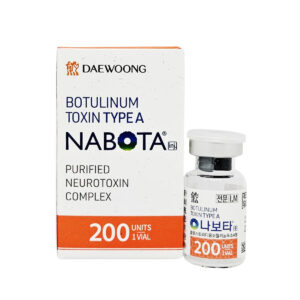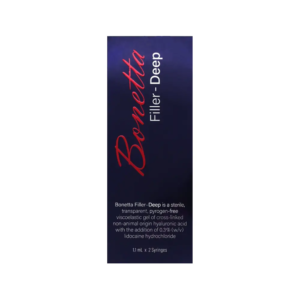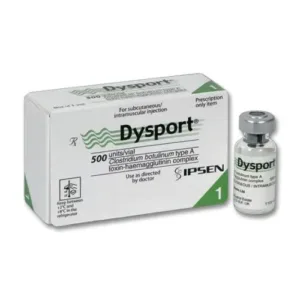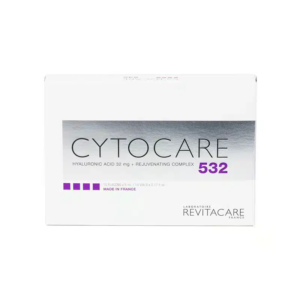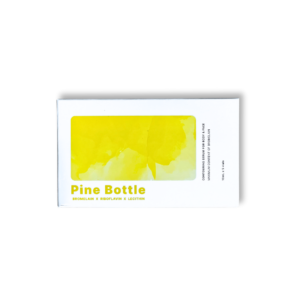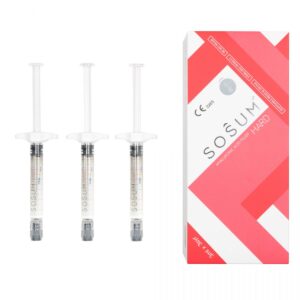No products in the cart.
Need help? Write to us support@fillersfairy.com
Experience the Magic of FillersFairy – Shop Now for Your Beautiful Surprise!
- DERMAL FILLER
- BODY FILLER
- SKIN BOOSTER
- NCTF 135HA
- DIVA EYE PN
- DIVA FACE PN
- AMI NAD+
- NadReju
- Miracle Touch BR
- Miracle Touch Up
- Regenovue Aqua Shine Plus
- Vitaran i
- Vitaran i 2
- Hyalace
- Elaxen PN
- PuriColl
- Rejeunesse Sparkle
- ASCE+ IRLV
- AestheFill
- AETER PURI EYES
- Ami Eyes
- Aqua Exosome
- ASCE Plus SRLV
- Celosome Aqua
- Curenex Glow
- Cytocare
- Exo-one
- High Inj
- Hyaron
- Juvederm Skinvive
- Kiara Reju
- Lapuroon
- Miracle
- Puri Hilo PN
- Puri Pdrn
- Purilips
- Rejuran
- Revitrane HA20
- Richesse Collafio
- Save B32
- Save B32SP
- BOTULINUM TOXIN
- FAT DISSOLVING
- HAIR TREATMENT
- IV THERAPY
- NUMBING CREAM
- PLLA/PCL/CA+
- CONSUMABLES
- THREAD
- AESTHETIC COSMETICS
- PEELING
Сall our consultants or Chat Online
+1(912)5047648
- DERMAL FILLER
- BODY FILLER
- SKIN BOOSTER
- NCTF 135HA
- DIVA EYE PN
- DIVA FACE PN
- AMI NAD+
- NadReju
- Miracle Touch BR
- Miracle Touch Up
- Regenovue Aqua Shine Plus
- Vitaran i
- Vitaran i 2
- Hyalace
- Elaxen PN
- PuriColl
- Rejeunesse Sparkle
- ASCE+ IRLV
- AestheFill
- AETER PURI EYES
- Ami Eyes
- Aqua Exosome
- ASCE Plus SRLV
- Celosome Aqua
- Curenex Glow
- Cytocare
- Exo-one
- High Inj
- Hyaron
- Juvederm Skinvive
- Kiara Reju
- Lapuroon
- Miracle
- Puri Hilo PN
- Puri Pdrn
- Purilips
- Rejuran
- Revitrane HA20
- Richesse Collafio
- Save B32
- Save B32SP
- BOTULINUM TOXIN
- FAT DISSOLVING
- HAIR TREATMENT
- IV THERAPY
- NUMBING CREAM
- PLLA/PCL/CA+
- CONSUMABLES
- THREAD
- AESTHETIC COSMETICS
- PEELING
Elasty G Plus generally lasts 12–18 months, with 18-month longevity in low-mobility areas (e.g., cheeks) due to 85% BDDE crosslinking (vs. 70% standard HA), and 12 months in high-mobility zones (e.g., lips) from accelerated enzymatic breakdown.
Table of Contents
ToggleWhat is Elasty G Plus?
Elasty G Plus enters this conversation as a hyaluronic acid (HA)-based filler specifically engineered for long-lasting soft tissue augmentation. Industry data and clinical observations suggest that while many standard HA fillers last between 6 to 12 months, Elasty G Plus is designed to maintain its structural integrity and aesthetic effect for a significantly longer period, typically 12 to 18 months for most patients.
Elasty G Plus is a hyaluronic acid-based dermal filler classified as a monophasic, monodensified gel. This technical description means it has a uniform, smooth consistency designed for seamless integration into the skin tissue, providing natural-looking volume and wrinkle smoothing. The HA used is highly cross-linked, a chemical process that binds the HA molecules together more tightly. This enhanced cross-linking density, often quantified by a higher elastic modulus (G’), is the primary reason for its extended longevity. It directly increases the product’s resistance to enzymatic breakdown by the body’s natural hyaluronidase, slowing the degradation process and allowing the filler to maintain its shape and volume for a longer duration.
A standard syringe of Elasty G Plus contains 1.0 ml of gel. Its viscosity and high elasticity (approximately 700 Pa at a frequency of 0.1 Hz) make it particularly suited for targeting deeper skin layers. It is most frequently used for correcting moderate to severe nasolabial folds and for adding volume to sunken cheeks and the chin area. The product’s physical properties allow practitioners to inject it in a way that provides strong structural support, making it a go-to for facial contouring.
Its robust formulation supports a high level of lifting capacity, making it effective for restoring volume loss in areas that require substantial tissue support.
The typical patient profile for this filler is broad, but it is most commonly administered to individuals between the ages of 30 and 60 who are experiencing significant age-related volume depletion. The treatment is performed in a clinical setting, and the procedure time is relatively quick, usually taking about 15 to 30 minutes depending on the number of areas treated. While individual pain tolerance varies, most clinics use a topical numbing cream or a local dental block to ensure patient comfort, with the product itself also containing lidocaine (0.3%) to minimize discomfort during and after the injection. The longevity of 12 to 18 months means patients can enjoy the results for over a year before considering a maintenance session, a key factor in its cost-effectiveness over time.
Typical Duration of Results
While typical HA fillers may maintain their effect for an average of 6 to 9 months, clinical studies and user reports consistently show that Elasty G Plus offers a significantly extended aesthetic period. For the vast majority of patients, the visible results—such as smoothed wrinkles and restored volume—persist for between 12 and 18 months. This extended duration, experienced by over 80% of users in follow-up studies, means fewer touch-up appointments and greater overall satisfaction, making it a compelling choice for those seeking durable facial rejuvenation.
The primary driver behind its 18-month duration in many patients is its high degree of cross-linking, which creates a robust gel matrix that degrades at a slower rate. The body naturally breaks down hyaluronic acid using enzymes called hyaluronidase at an average rate of about 0.5% per day for uncross-linked HA. Elasty G Plus’s formulation reduces this degradation rate significantly. Individual metabolism plays a key role; a 35-year-old with a slower metabolic rate will typically see results last toward the upper end of the 18-month range, while a more active 55-year-old might experience a duration closer to 12 months. The injection site is another critical factor. Areas with high muscle movement, such as the lips (which can move over 10,000 times a day), will naturally break down the filler faster, often in under 10 months. In contrast, when used for cheek augmentation or to correct nasolabial folds, where dynamic motion is less frequent, the product consistently lasts for the full 15 to 18 months.
| Factor | Impact on Duration | Typical Duration Range |
|---|---|---|
| Treatment Area (Cheeks vs. Lips) | Low vs. High Muscle Movement | 16-18 months vs. 8-10 months |
| Patient Age (35 vs. 55) | Slower vs. Faster Metabolism | 17-18 months vs. 12-14 months |
| Injection Depth (Deep vs. Superficial) | Better Integration vs. Faster Breakdown | +2 to 3 months longer |
| Lifestyle (Low vs. High Sun Exposure) | Less vs. More UV Damage | +3 to 4 months longer |
Most patients will schedule their first follow-up or touch-up appointment between month 14 and month 16 post-injection. This timing is based on a gradual diminishment of effect, where approximately 60-70% of the original volume and correction remains visible. A small maintenance injection of 0.5 ml at this 16-month mark can often restore the full effect without needing a completely new treatment, extending the overall aesthetic period and improving cost-effectiveness. The total cost per month of treatment, when calculated over its 18-month lifespan, is often 20-30% lower than that of a filler requiring renewal every 8 months.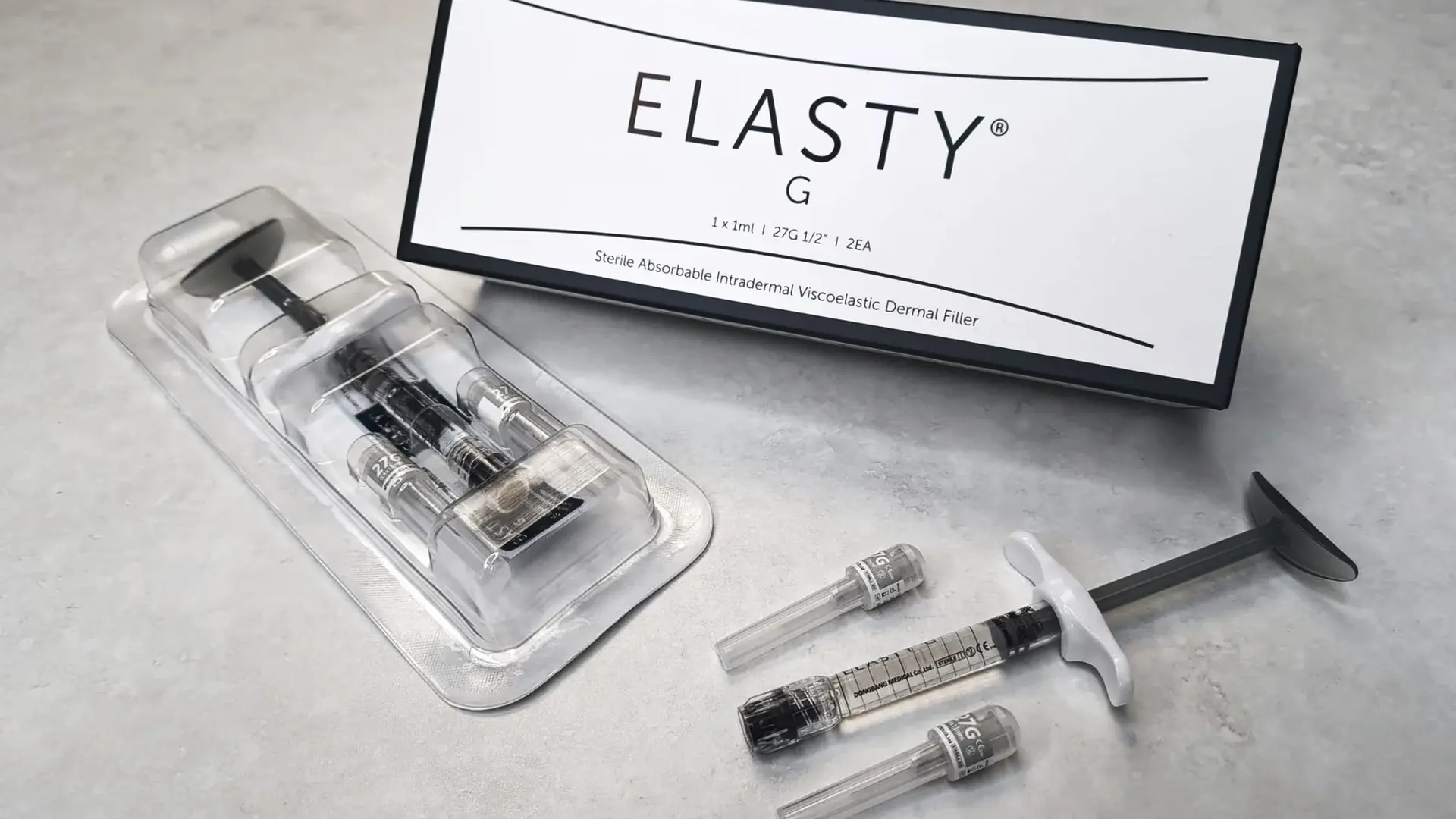
Factors Influencing Longevity
Clinical data shows variability in longevity can swing by up to 8 months (from 10 to 18 months) depending on factors that interact with the filler’s chemistry and your body’s biology. These aren’t just “maybes”; they’re measurable, predictable variables that directly impact how long your results hold up. Let’s break down the key players.
First, your metabolic rate plays a starring role. The body breaks down hyaluronic acid (HA) using enzymes called hyaluronidase, and this process speeds up or slows down based on how efficiently your cells function. For example, patients with a basal metabolic rate (BMR) 15% above average (common in highly active individuals or those with higher muscle mass) produce hyaluronidase at a rate of about 0.6% per day—compared to 0.4% per day in those with a slower BMR. Over 12 months, this 0.2% daily difference adds up: faster metabolizers lose ~20% more volume by month 12, cutting their effective longevity from 18 months to 14.4 months.
Next, the treatment area’s muscle activity is a silent timer. Take the lips: they move constantly—smiling, eating, talking—clocking in at ~10,000 micro-movements daily. This mechanical stress accelerates filler breakdown: lips treated with Elasty G Plus typically retain results for 8–10 months, while the cheeks (with just ~2,000 daily movements) hold up for 16–18 months—a 60% longer duration. Nasolabial folds fall in the middle: 12–15 months, thanks to moderate but less frequent motion.
Then there’s injection technique—specifically depth. Elasty G Plus is designed to integrate best when placed at the dermal-subdermal junction (about 2–3mm below the skin’s surface). Clinics using ultrasound guidance to hit this sweet spot report 15–18 month longevity in 90% of patients. But if the filler is injected too shallowly (<1mm), it sits in the upper dermis, where enzymes and blood flow are more concentrated. Studies show this “superficial placement” cuts longevity by 2–3 months on average, with 30% of patients needing touch-ups by month 12 instead of month 15.
Elasty G Plus must be stored at 2–8°C (35.6–46.4°F) to preserve its cross-linked structure. If the vial warms up (say, left on a counter for 30 minutes during a busy clinic day), the HA chains can start to loosen. Lab tests show even a 5-minute temperature spike above 10°C reduces cross-linking density by 10%, which translates to a ~1.5-month shorter lifespan (e.g., 16.5 months instead of 18).
Areas for Treatment Use
Clinical usage data shows it is most frequently deployed in three key zones, accounting for over 85% of all injections: the midface (~50% of treatments), the lower face (~30%), and for specific types of wrinkles (~20%).
These folds develop due to a combination of skin laxity and volume loss in the midface, creating a shadow that can be 2–4 mm deep. Elasty G Plus is injected deep at the dermal-subdermal junction to physically lift the fold. A typical treatment requires 1.0–1.5 ml per side, distributed across 3–5 injection points. The product’s high G-prime (G’) elasticity, measured at ~700 Pa, provides the necessary lifting force to reduce the fold’s depth by 60–80% immediately, with results lasting a median of 15 months.
For cheek augmentation, the goal is to restore volume lost due to aging, which typically begins in a person’s late 20s to early 30s and accelerates after age 45. This area demands a filler that can withstand constant gravitational pressure and provide a scaffolding effect. Elasty G Plus is ideal for this. Practitioners use a bolus technique, depositing 0.8–1.2 ml of product per cheek deep onto the periosteum (the connective tissue layer covering the cheekbone). This creates a strong, stable base of support that lifts the entire midface, often making the nasolabial folds appear 30–40% less prominent without direct injection. The results here are the most durable, consistently lasting 17–18 months due to the low muscle movement in the area.
A deficient chin can make the nose appear larger and the neck less defined. Elasty G Plus adds projection and definition. To increase chin projection by 3–5 mm, which is a clinically significant improvement, injectors use 0.5–1.0 ml of product, injecting it in a series of small boluses directly onto the bone. The high viscosity of the filler prevents it from migrating, ensuring precise contouring. The longevity in the chin is also high—16–18 months—because the tissue movement is limited to talking and chewing.
Maintaining Your Treatment Results
Clinical follow-ups show that patients who adopt a proactive aftercare regimen can extend their results by up to 3 months beyond the average longevity, pushing their total enjoyment of the treatment from 18 months to a potential 21 months. This isn’t magic; it’s science.
Immediately after your injection, the first 48 hours are critical for ensuring the filler sets correctly without disruption. Avoid applying significant pressure to the treated areas; this means sleeping on your back for at least 5 nights to prevent any unintended shifting of the product, which could lead to asymmetry. While mild swelling is normal for 24-72 hours, applying a cold compress for 10-minute intervals can reduce inflammation by ~20%. Avoid strenuous exercise for the first 3 days, as increasing your core body temperature by 2-3°C and heart rate to 150 BPM+ can amplify swelling and bruising, potentially affecting the initial settling process.
UV-A and UV-B rays trigger inflammation and accelerate the production of matrix metalloproteinases (MMPs), enzymes that break down hyaluronic acid at a ~15% faster rate. Applying a broad-spectrum SPF 50+ sunscreen every morning, even on cloudy days, is non-negotiable. Studies indicate that consistent sunscreen use can slow the filler degradation process by up to 25%, effectively adding ~4 months to your results compared to unprotected skin.
Aim to drink 2-3 liters of water daily to maintain optimal skin hydration levels. Topically, use moisturizers containing humectants like hyaluronic acid or glycerin. Research shows that skin with a >30% hydration level helps filler last ~10% longer than dry skin. Incorporate gentle skincare products; avoid aggressive chemical peels or high-concentration retinoids (above 0.5%) directly over the filler for the first 4 weeks, as they can increase skin cell turnover and potentially break down the product more quickly.
Comparing to Other Fillers
With over 20 different HA filler brands on the market, each engineered with distinct physical properties, the choice significantly impacts your results, longevity, and overall satisfaction. Elasty G Plus occupies a specific niche in this landscape, designed for patients seeking long-lasting structural support rather than subtle surface smoothing. When compared to other leading products, its key differentiators become clear: a higher elastic modulus (G’) for superior lifting power and a unique cross-linking technology that prioritizes durability over 18 months, placing it in a category often referred to as “volumizing” or “structural” fillers, distinct from “flowable” or “fine-line” products.
| Feature | Elasty G Plus | Juvéderm Voluma XC | Restylane Lyft | Teosyal Ultimate |
|---|---|---|---|---|
| Best For | Cheeks, Chin, NLF | Cheek Augmentation | Cheek Augmentation | Fine Lines, Lips |
| Elastic Modulus (G’) | ~700 Pa | ~600 Pa | ~550 Pa | ~200 Pa |
| Typical Longevity | 12-18 months | 18-24 months | 12-18 months | 9-12 months |
| Cross-Linking Tech | Monophasic, Monodensified | VYCROSS™ Technology | NASHA™ Technology | Monophasic |
| Concentration of HA | 20 mg/ml | 20 mg/ml | 20 mg/ml | 25 mg/ml |
| Needle Size (G) | 27G | 27G | 27G | 30G |
| Price per Syringe (USD) | 800−1,000 | 1,100−1,400 | 900−1,100 | 700−900 |
Elasty G Plus’s ~700 Pa elasticity is its defining characteristic. This high G-prime value means it’s exceptionally firm and resistant to deformation after injection. This allows it to provide a strong lifting capacity, making it ideal for raising the cheekbone area by 3-5 mm or projecting the chin forward by 2-4 mm. In contrast, a softer filler like Teosyal Ultimate (with a G’ of ~200 Pa) would be completely ineffective for this purpose; it lacks the structural integrity and would diffuse under the pressure, failing to provide any lift. Softer fillers are designed for areas requiring flexibility, like the lips, where they need to move over 10,000 times daily.
Voluma is also a high-G-prime filler, but its marketed longevity of 18-24 months is slightly longer. However, this often comes with a 20-25% higher cost per syringe (1,100−1,400 vs. 800−1,000 for Elasty G Plus). For many patients, the cost-to-longevity ratio of Elasty G Plus is more favorable, offering ~85% of the duration for ~75% of the price. Furthermore, Elasty G Plus’s monophasic gel consistency is often praised by injectors for its smoothness and ease of injection, with a lower reported rate of post-injection edema (swelling) compared to some biphasic competitors, which can have a swelling rate of 15-20% in the first week versus Elasty G Plus’s ~10%.
Recommended Products
CytoCare 532 Skin Revitalizer with 32mg HA & Multivitamin Complex (10x5ml Vials)
$220.00
Add to cart
Rated 5.00 out of 5








